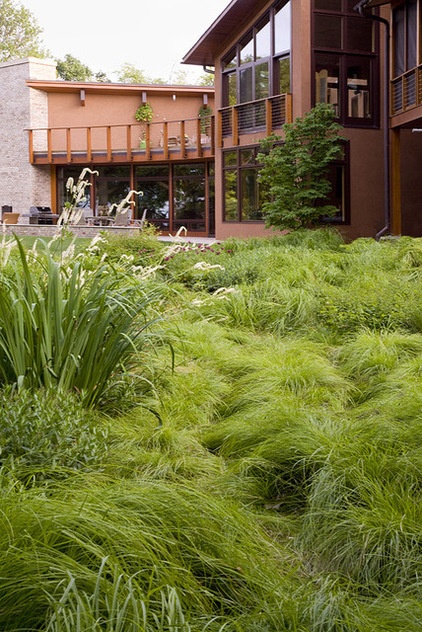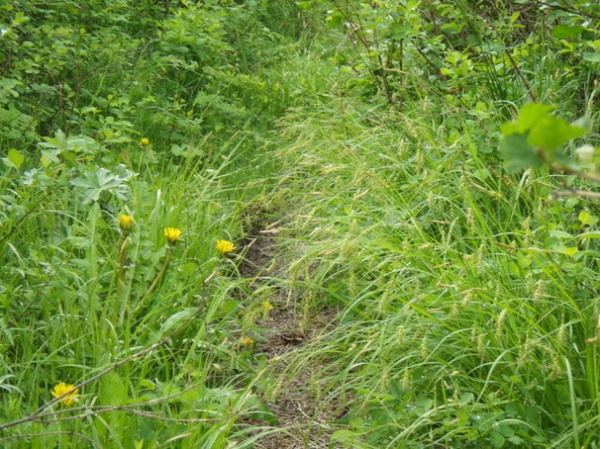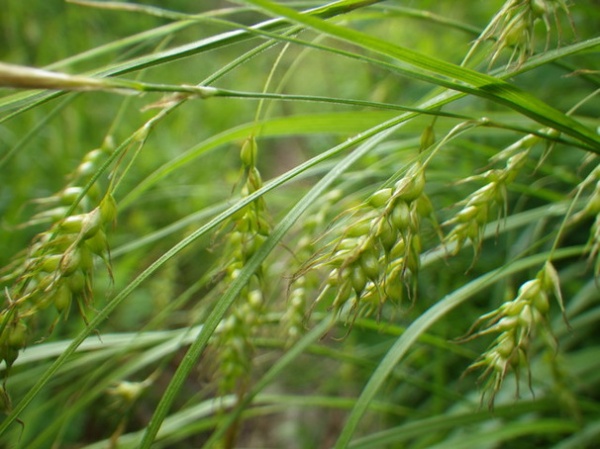Great Design Plant: Carex Sprengelii
http://decor-ideas.org 05/01/2015 02:13 Decor Ideas
Blooms are beautiful, but more and more I’ve been thinking about the less exuberant plants. That’s where our native sedges (Carex spp) come in. They have a subtle beauty like grasses, but their role in a low-maintenance garden is critical.
Low plants like sedges help shade the soil, keeping weeds at bay and more moisture in the soil. They also provide another key layer of habitat for all sorts of wildlife, from bugs to insects to amphibians and spiders. Sprengel’s sedge, also called long-beaked sedge (Carex sprengelii), is one of the most adaptable native sedges.

Botanical name: Carex sprengelii
Common names: Sprengel’s sedge, long-beaked sedge
Origin: Native from New Mexico north to Montana, the Dakotas and Nebraska and east into New England
Where it will grow: Hardy to -40 degrees Fahrenheit (USDA zones 3 to 5; find your zone)
Water requirement: Dry to medium moisture; use moist soil in full sun and dry soil in shade
Light requirement: Full sun
Mature size: 18 to 24 inches tall and 12 inches wide
Benefits and tolerances: Adaptable; grows in soil from clay to loam
Seasonal interest: Early to green up; blooms in late spring; ornamental seed heads in summer
When to plant: Potted or bare-root plants can be put in from spring to fall.
Distinguishing traits. Sprengel’s sedge is a cool-season plant, meaning it comes out early in spring and has a second wind in fall. It’s a well-behaved clumper whose seed heads weigh down the tips of the leaves to create a slightly arching, undulating form. It’s pretty before and after bloom. This sedge is most commonly found in fertile, moist upland woods but is very adaptable. Its color becomes more chartreuse in full sun and a darker green in shade.

How to use it. This sedge performs well in in full sun in a variety of moist soils, and in somewhat dry shade in clay to sandy soils. Think of it as an understory plant for taller flowers or even as a matrix plant to intermix among more vertical specimens — think mini meadow. It makes a nice front-of-the-border presentation too. Plant it in groups for the best effect.
How to Get Your Prairie On

Planting notes. Sprengel’s fibrous root system means it’s great at soil stabilization as well as water filtration; in fact, many of our native sedges are perfect at a pond’s edge or in a rain garden. Several sedges, like long-beaked, are very adaptable, so you can’t go wrong on placement at any time of the year. I’ve even heard reports of its keeping its green color well into winter.
Are you experimenting with our native sedges? Which ones do you enjoy?
Photo by Matt Lavin
More:
Browse more grass guides on Houzz
Browse plants native to other regions of the U.S.
Related Articles Recommended












